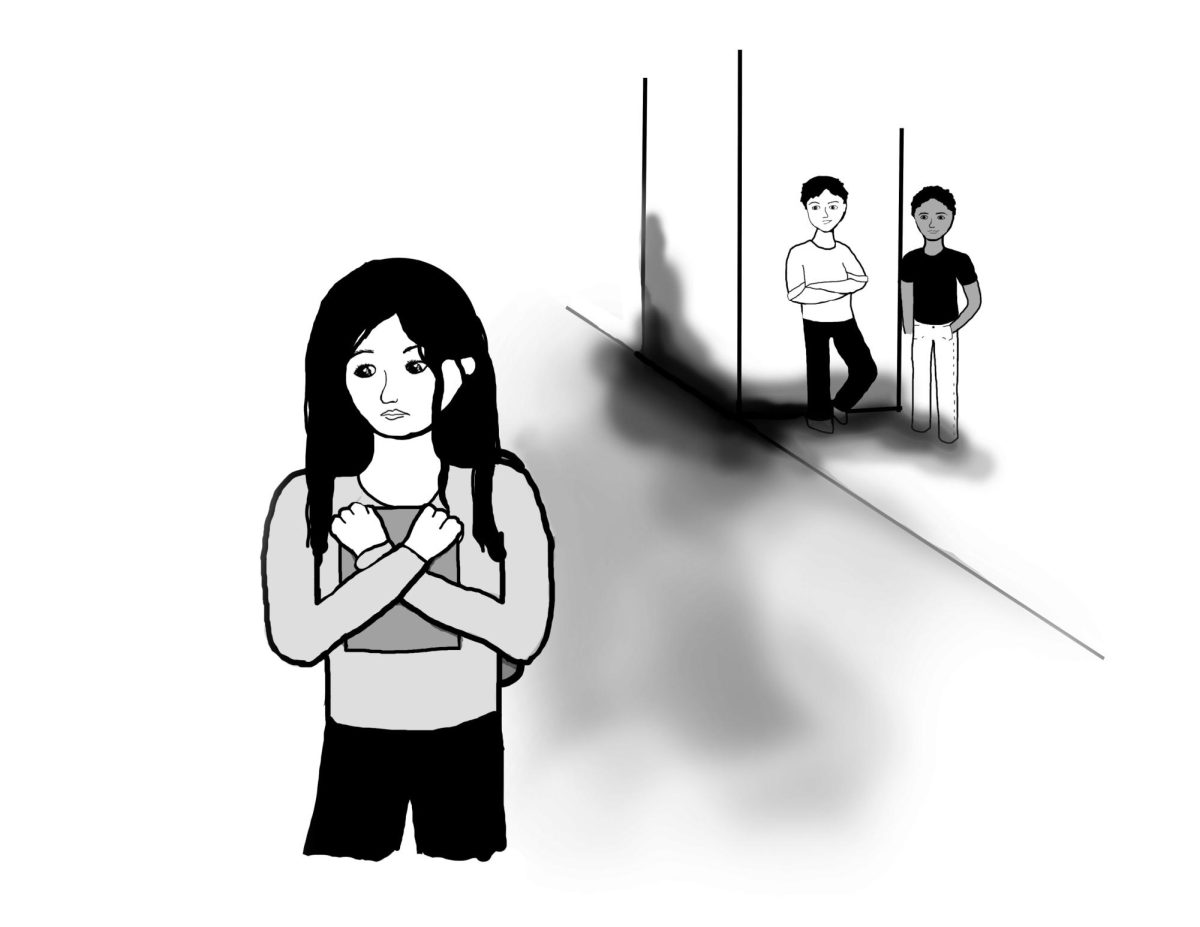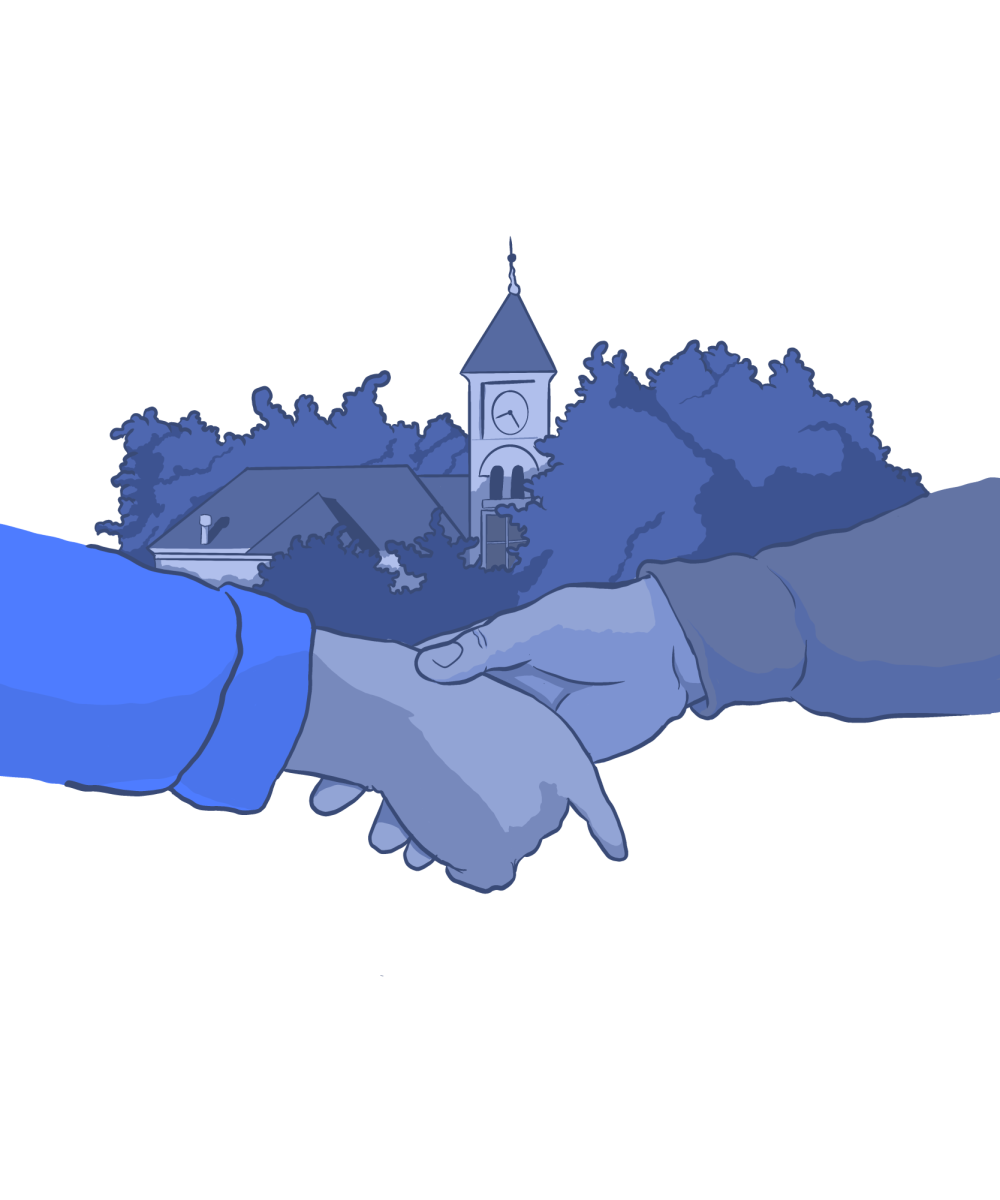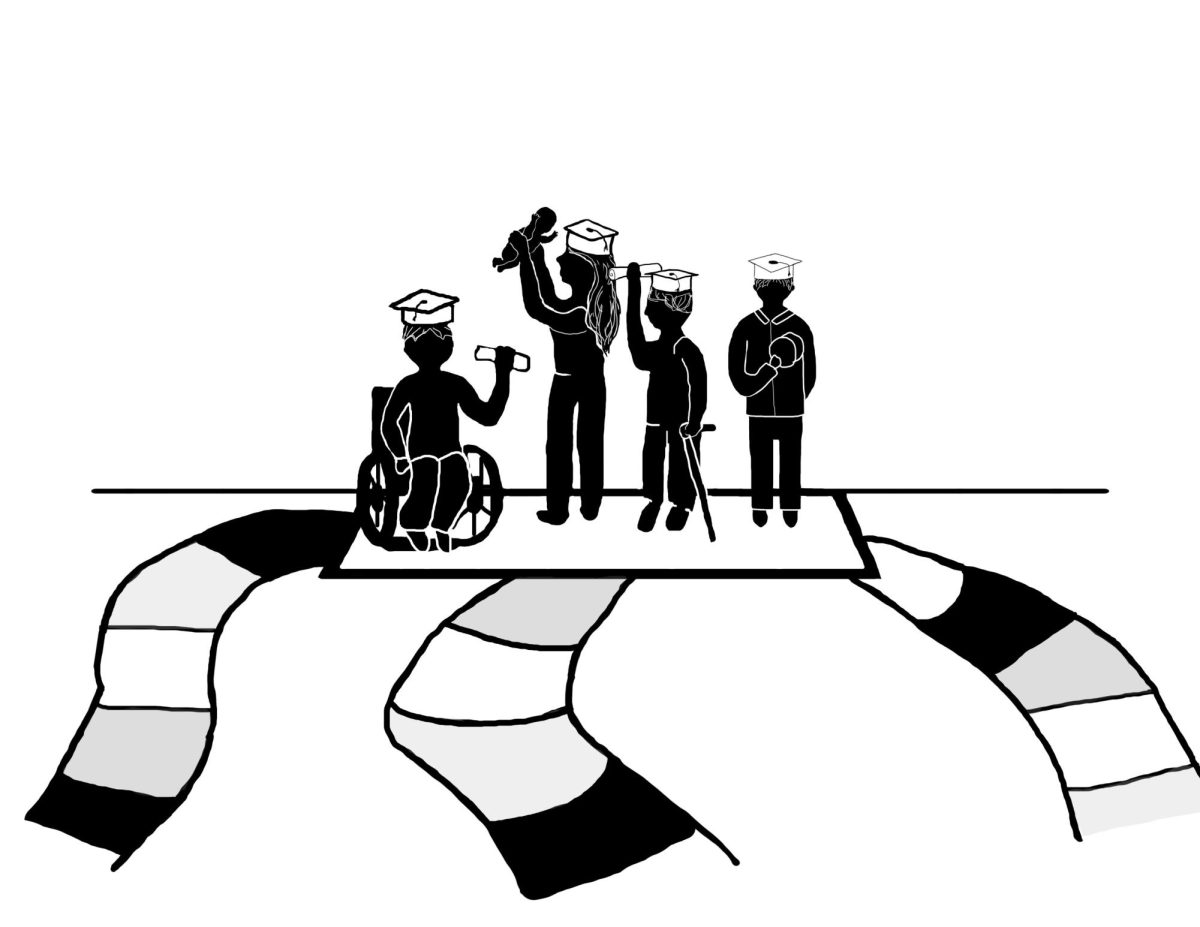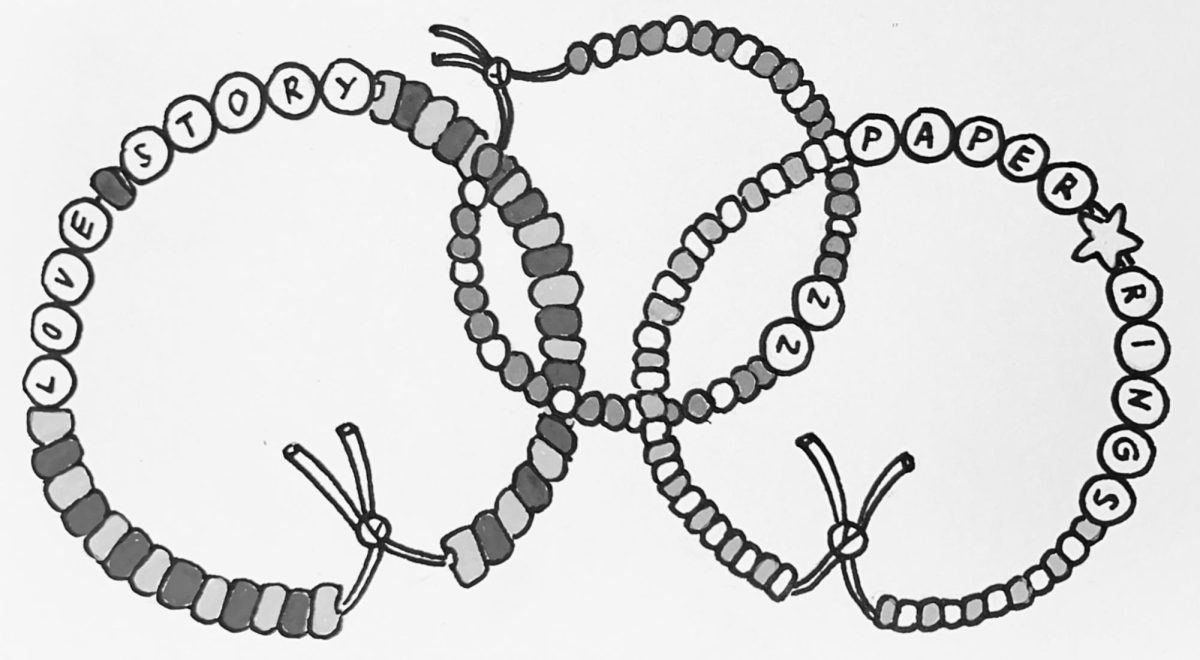
Few elements of Whitman culture have garnered as much speculation as the humble Whitman duck. As ubiquitous to campus as jaywalking and flannel, the ducks have attained a mythology of their own.
One of the most notorious duck myths is duck rape: is it a naturally occurring phenomenon or a result of unnatural conditions imposed by an urban habitat?
According to Tim Parker, assistant professor of biology, forced copulation is unusual among birds, but entirely normal for ducks. For many reasons: among them increased vulnerability while nesting: female ducks experience a higher mortality rate than their male counterparts. This causes a fierce competition among drakes for mates, and as a result, males begin attaching themselves to females as early as the fall, waiting until they are ready to mate in spring.
“It is not in the male’s interest to have the female mate with another male, and he will defend her against interlopers,” said Parker.
Unfortunately, as many as five males may attack a female, an assault that can lead to her drowning and death.
The myth that Whitman culls ducklings every spring holds no truth; even if the males successfully inseminate a female, Whitman is not an ideal location to brood, hatch and raise ducklings.
“Conditions here are really bad for duck parents,” said Parker.
He cited the lip around Lakum Duckum (which is hard for ducklings to climb), the proximity of the water to roads and the lack of good vegetation for cover and nesting sites as contributing elements to the adverse environment.
Gary Brown, the campus grounds supervisor, has seen ducks nesting in the shrubs by the science building and “even up in the planters in Sherwood Plaza.”
But ducks are not only at risk due to a lack of good nesting sites.
“The worst problem is when people bring their dogs. A lot of them are bird dogs,” said Brown.
He complained that many dog owners ignore the Walla Walla leash laws. Brown also cited crows, cats, skunks and the resident mink that lives near the Baker Faculty Center as predators of the ducks and their young.
Brown also estimated that his crew removes about six dead ducks a year from around the Whitman campus, most victims of road traffic.
Another great duck mystery is the crossbreeding between the native mallards and domestic ducks abandoned by members of the Walla Walla community. Bred from mallards for traits favorable to their domestication and use for meat and eggs, most domestic ducks are able to interbreed with the mallards.
In 1995, faced with a dramatically oversized population of around 200 ducks, the college spent 150,000 dollars caging and then releasing 150 crossbreed ducks into a new habitat, according to Brown. The population has remained at a fairly consistent 50 animals, and the main intrusions into the mallard population are the two Muscovy ducks: native to Mexico and Central America: who call North Hall and Lakum Duckum home.

“[They are] one of the only animals domesticated by Native Americans,” said Parker.
Brown also mentioned that he has seen several ducks around campus that still carry coloration and traits that reveal some domestic ancestry. But does this mixing of domestic and mallard species in any way contribute to the ducks’ poor survival rates?
“It’s certainly conceivable that this domestic variety: the domestic genes: have in some way compromised their parenting abilities. But I actually suspect that it’s all about the physical condition [of the Whitman campus],” said Parker.
And what about the myth that Whitman heats College Creek and Lakum Duckum in the winter, a myth that has gained credence from the clouds of steam seen rising from the water on chilly mornings? Absolutely false. College Creek arises from a spring located behind the Tekisuijuku at about 60 to 65 degrees Fahrenheit naturally, allowing a population of resident ducks to grace Whitman’s campus year-round.
Their seemingly permanent residence on campus have made ducks the popular favorite to replace the controversial missionary as the Whitman mascot. Both Brown and Parker were ambivalent about the switch, citing Whitman’s proximity to the University of Oregon as a deterrent.
Still, there are many members of the Whitman community supportive of such a change.
“[Ducks] are the unofficial symbol on our campus. Their image is much more firmly imprinted on our campus culture than the missionary’s,” said senior Logan Skirm.












